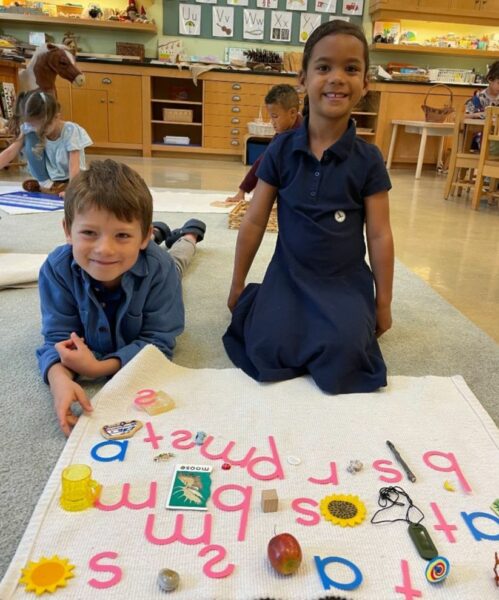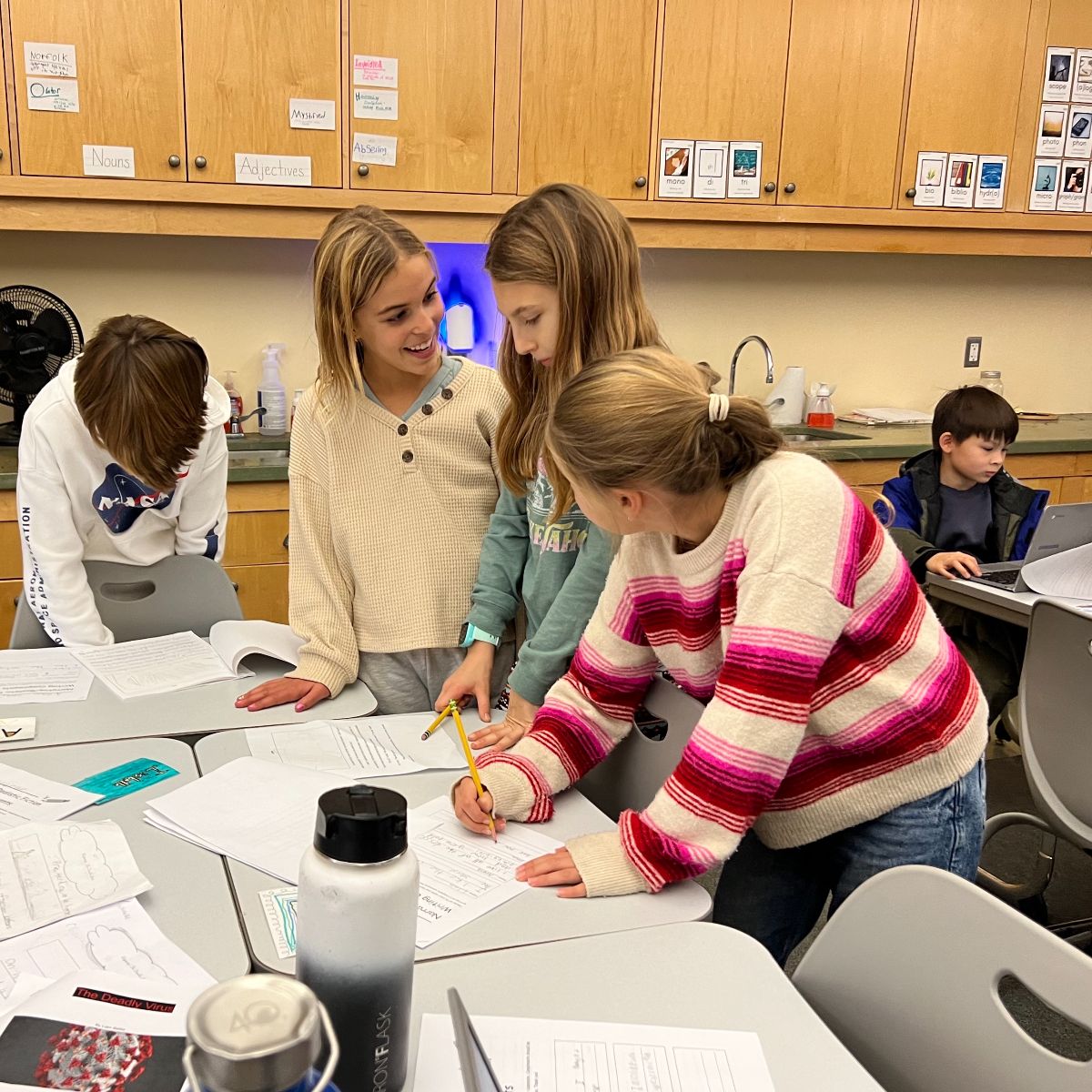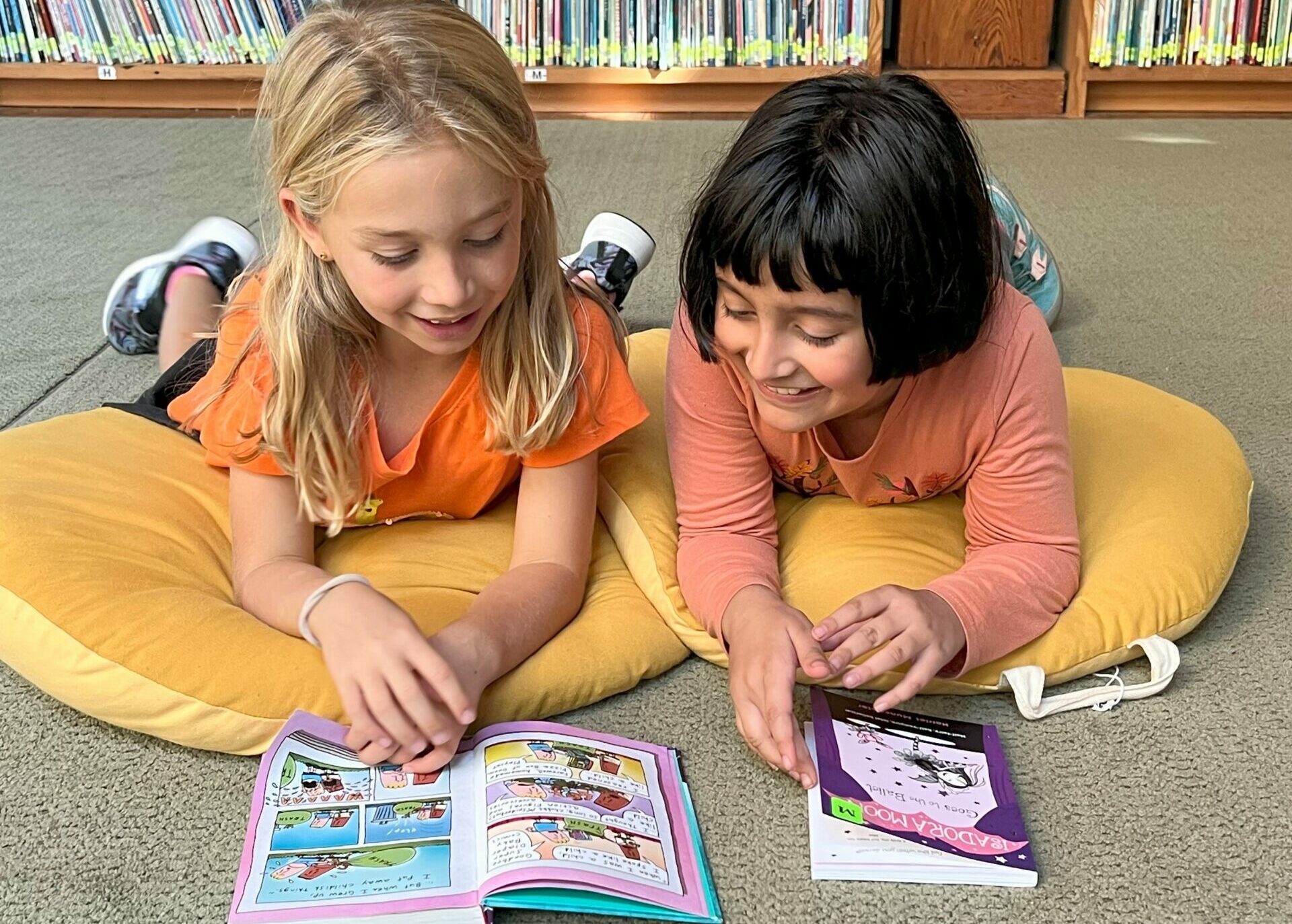When our visionary founders established Willow, one of their primary purposes was to instill strong communication skills in our students through a language arts program rooted in literature. Today, our curriculum guides students to read fluently, write clearly and compellingly, listen thoughtfully, and speak eloquently – all crucial skills for navigating our dynamic and diverse world.
We celebrate the uniqueness of each student who enters our school, honoring each child’s strengths and areas for improvement. Through individualized instruction, we tailor our approach to reading and writing to meet the diverse needs of our learners and nurture growth. The main areas of concentration within our Lower School language arts lessons include reading, phonological and phonemic awareness and phonics instruction, writing, word study and spelling instruction, handwriting, and speaking and listening.
- In early childhood (Preschool-K), we lay a strong foundation for reading and writing by focusing on developing phonological awareness through stories, poetry, songs, and games, using rhymes and alliteration to help children grow in their awareness of letter and word sounds. Once their brains are primed to hear and discern sounds, kindergarteners continue with direct phonics instruction, focusing on alphabet knowledge. Writing is also practiced in kindergarten, as students tell and illustrate stories, adding words and sentences to drawings when they are ready.
- In lower elementary (Grades 1-3), we build on this foundation, continuing with phonics and reading instruction. During these years, there is a wide range of normal development as children make tremendous leaps as readers and writers. Students demonstrate dramatic growth, moving from reading decodable readers to chapter books. Once they learn to read, students also learn how to select books that are appropriately challenging to continue their growth as readers. They develop as writers, expressing themselves in different genres, including personal narratives, letter-writing, and information books. Beginning in second grade, students practice weekly spelling lists.
- In upper elementary (Grades 4-5), students are ready to engage deeply with books, discovering their favorite genres and authors through class novels and independent reading. They hone their writing skills in a workshop model that empowers students to find their own voice and share their stories. This model introduces writing skills and concepts, gives students ample time to write independently, and includes receiving feedback on their writing from their peers and teachers. They develop the craft of writing, including descriptive vocabulary, sensory details, small actions, dialogue, similes, and metaphors. They learn to develop plot, setting, and characters, using figurative language and dialogue. In their social studies and science lessons, students learn how to use research to inform their writing.
Embedded in all aspects of our learning: Language arts is at the heart of our curriculum because it is so deeply integrated with projects and lessons in other areas of our students’ learning. For example, students listen to stories, read, research, and write about topics intertwined with their social studies and science curricula.
Curriculum in Action: Classroom Highlights

Kindergarteners use multi-sensory and hands-on learning tools.
EARLY CHILDHOOD – PRESCHOOL & KINDERGARTEN: Preschool and kindergarten teachers incorporate multi-sensory tools into their phonics instruction to engage students and make learning purposeful, playful, and individualized! Students learn through activities that involve sound, sight, and touch. Read our recent blog to learn more.
LOWER ELEMENTARY – SECOND GRADE: Second graders wrote pen pal letters to classrooms in California and Florida. They learned the format of a friendly letter and included information from what they’ve learned in social studies about landforms, communities, local plants and animals, famous places, weather, and more. Through their correspondence, students will discover differences and similarities with their pen pals’ environment.
LOWER ELEMENTARY – THIRD GRADE: In another project that integrates language arts and social studies skills, third graders learn how our humanity is expressed through storytelling and celebrations. To better understand their family history and the beauty of storytelling, students are learning how to ask open-ended questions to interview their family members. These interviews will fuel future stories to share their family history and deepen classroom studies of culture and storytelling. They also created family trees in art class!

Fourth graders participate in a gallery walk where students gave feedback during one of the revision sessions.
UPPER ELEMENTARY – FOURTH GRADE: Fourth graders are writing “All About” books on their expert topics. The section began with a mini-unit on paragraph writing that integrated their science lessons on arctic animals. Next, students focused on elaborating by using specific details and vocabulary. They learned about introductory paragraphs, paragraph editing, and chapter planning. They tackled relevant grammar lessons on sentence fragments, run-on sentences, proper nouns, etc. Students have learned the Cornell note-taking method in social studies; next steps for their writing include using this method as they research their topic further, then designing their book’s pages to include additional fun facts and meaningful anecdotes.
It’s not too late to apply for next school year! Start a conversation with our Director of Enrollment Management, Lisa VanderVeen.

